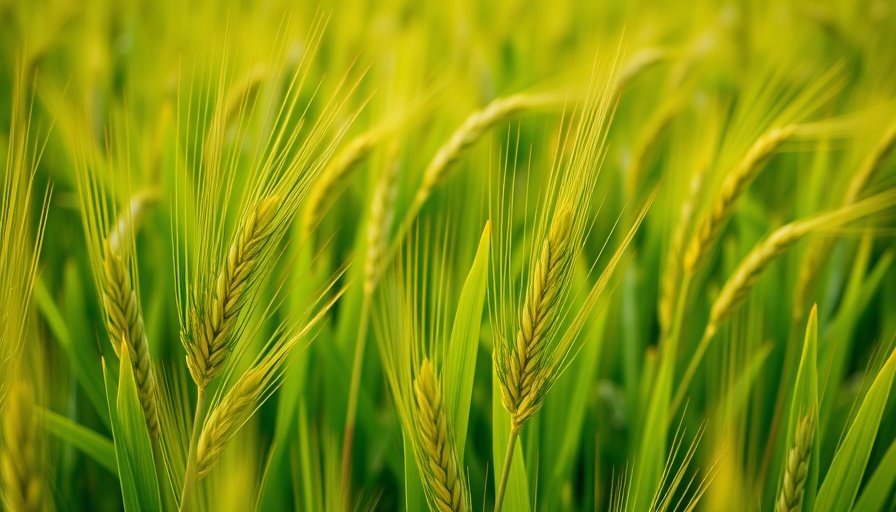
Unlocking the Joy of Homegrown Grains for Delicious Bread
The satisfaction of kneading dough and the aroma of fresh bread baking in the oven is something many DIY enthusiasts and gardening aficionados know well. But what if you could take your bread-making skills to the next level by growing your own grains at home? This guide delves into the best grains to cultivate for crafting mouthwatering loaves right from your kitchen.
Wheat: The Foundation of Homemade Bread
Wheat is the quintessential grain for those looking to bake their own bread. When grown at home, wheat allows you not only to create white flour but also whole wheat flour, which offers more depth and nutrition. Varieties such as spelt and einkorn add unique flavors and can elevate your bread recipes. While whole wheat dough may be denser due to fewer gluten strands, the added flavor and nutrition make it worth the effort of practicing your kneading techniques!
The Nutritional Power of Rye
If you’re in search of a grain with robust flavor profiles, rye should be on your planting list. Known for its distinct taste and the ability to make hearty breads like pumpernickel, rye has both winter and summer planting options. To yield enough for significant baking, however, you’ll need to plant a substantial crop. Like wheat, it thrives in well-drained soil and will reward your efforts with delicious home-baked goods.
Exploring Oats and Corn for Versatility
Both oats and corn serve as excellent multipurpose crops in home gardens. Oats, when harvested correctly, can provide not just flour for baking but also hearty grains for breakfast. Corn, especially varieties like True Gold Sweet Corn, adds sweetness and moisture to your breads, making them a favorite in family recipes. Using these grains enhances everything from breakfast muffins to weekend brunch loaves.
The Benefits of Growing Your Own Grains
Beyond the joy of baking and eating bread made from grains you’ve grown yourself, there are countless benefits to embarking on this gardening adventure. Grains like wheat, rye, oats, and corn are relatively easy to cultivate, often requiring less water than other crops—making them ideal for homeowners looking to start a backyard planting box in Muskegon. These crops provide the perfect blend of sustainability and self-sufficiency.
Practical Tips for Successful Grain Cultivation
As you consider growing grains for bread, here are some tips to enhance your garden design:
- Invest in Quality Soil: Healthy soil is key. Consider building composting barrels using recycled materials to boost nutrient levels.
- Plan Your Planting Rows: Layout planting rows in a way that maximizes space and sunlight availability.
- Maintain Moisture: Homemade watering devices or simple slow-drip irrigation can ensure consistent moisture levels, crucial for germination and growth.
Community and Sustainable Gardening
By growing your own grains, you not only contribute to your household’s food supply but also engage with a broader community of sustainable gardening enthusiasts. Whether you're sharing tips on local gardening boards or exchanging grains with neighbors, these connections foster a sense of community and collective effort toward self-reliance.
Ultimately, growing your own grains for home-baked bread is an endeavor filled with rewarding experiences, from soil preparation to savoring the final product. However, if you find yourself needing assistance with yard management, remember to reach out to your local lawn care and property management experts like Norther-LawnCare.com, ensuring your garden thrives while you focus on the fun part: baking!
 Add Row
Add Row 
 Add
Add 


Write A Comment